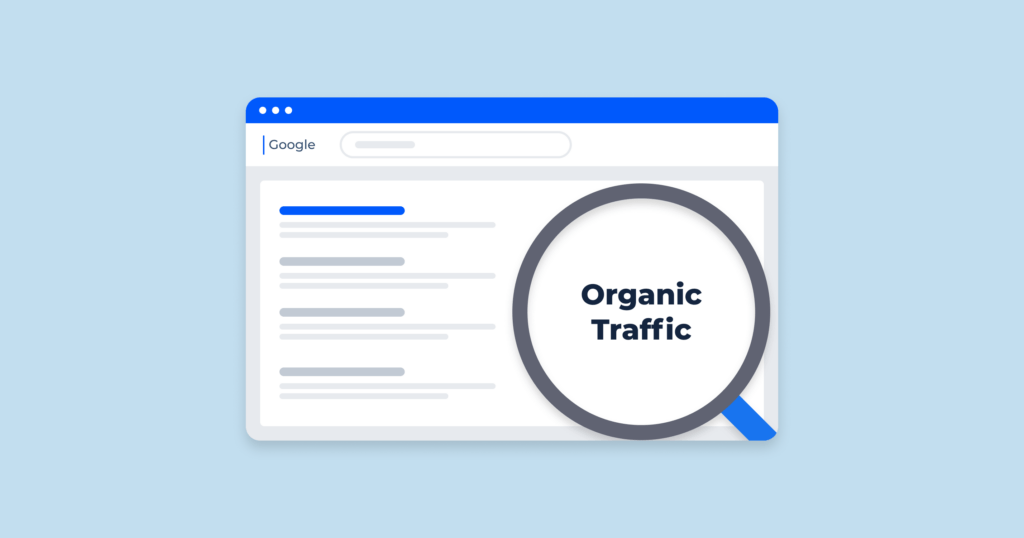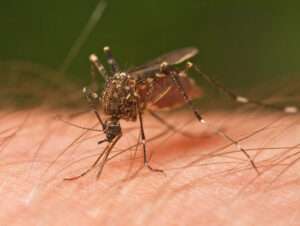
How to Recover Lost Organic Traffic
How to Recover Lost Organic Traffic? Organic search traffic can be a critical metric for website success. When this metric suddenly drops, it can be devastating for a business.
Many things can cause a sudden drop in organic web traffic, including search engine algorithm updates and changes to published content. Identifying the cause and taking immediate action can help you recover from lost organic traffic.
1. Analyze the Keywords
When organic traffic begins to drop off a cliff, it’s important to start by checking your keywords. Google Analytics can provide a wealth of information about how people are finding your website, including the search terms they used to find it. To access this data, go to Acquisition > Search Engine Optimization > Queries.
This will display the top search terms that led people to your site along with the number of impressions, average position and clickthrough rate for each term. This is a great way to determine whether your content has been impacted by a recent change in search engine algorithms.
It’s also worth taking a look at the competitors who appear for these queries in order to identify any opportunities for organic traffic. Tools such as Semrush, Ahrefs and Similarweb can be used to observe competitor performance over time, highlighting trends and giving insights into their tactics and strategies.
Additionally, you can use a tool such as SpyFu Kombat to discover the keywords that are driving organic traffic to your competitors but not to you. This is a great opportunity for you to steal traffic from your competitors by targeting these keywords in your on-page SEO. This is known as conducting a keyword gap analysis and should be a regular part of your SEO strategy.
2. Check the Competition
Organic traffic can be a major factor in the success of your business website, especially when it leads to conversions. That’s why experiencing a sudden, unexplained drop in organic traffic can be concerning.. Thankfully, you can recover lost organic traffic by optimizing your Google Business profile and utilizing paid advertising.
Another important factor to consider when analyzing your website’s traffic is the competitive landscape. If your competitors are performing better than you, there may be a reason for it. Perhaps they’re using more effective SEO strategies or have improved their on-page optimization. In that case, investing time in researching your competitors can provide valuable insights.
In addition, it’s also worth checking if any of your competitors have recently undergone significant changes to their websites. For instance, if a competitor recently changed their domain name or hosting provider, it could affect how search engines index their site. Likewise, if a competitor has added or removed pages from their website, it can impact how search engines perceive the page and its relevance.
3. Identify the Issue
A sudden drop in organic traffic is never good news, but it can be even more concerning if there’s no apparent reason why. This is especially true when it’s followed by a drop in conversions or revenue. So how do you know whether your unexplained decline is a temporary issue or something more significant that requires immediate attention?
A temporary issue might include a change in search intent. For instance, if your site sells umbrellas and you create content about rainy weather patterns, you might experience seasonal fluctuations in search traffic. Yet, if you notice a significant decrease in traffic to your umbrellas page, it could suggest that users are more interested in environmental topics like plastic straw alternatives, or eco-friendly product options..
Another possible cause is a redesign or migration of your website. This could lead to broken links and a loss of organic visibility. Even a simple redirect or removal of “www” can affect your SEO, so it’s important to make sure everything is in order before taking action.
A sudden decline can also be the result of algorithm changes or Google penalties. Analyzing your website’s analytics, backlinks, and content quality is crucial for identifying these issues. By identifying the problem and taking appropriate measures, it’s often possible to restore lost organic traffic.
4. Take Action
Once you have identified the issue that caused your organic search traffic to drop, it’s time to take action. Consider making changes to your website, like implementing SEO best practices or enhancing specific page content.. This will take some time and effort, but it is essential to recovering lost organic search traffic.
If the organic search traffic drop has occurred after a site migration. It is important to make sure that all of the pages have been properly 301 redirected. Oftentimes, this is overlooked during the site migration process. In addition, it is important to make sure that all pages are indexed by Google. Even a slight change in the URL can cause a delay in indexing by Google. Which can lead to traffic loss for a few weeks or months.
Another reason for a sudden drop in organic search traffic is an algorithm update by Google. There are dozens of tiny updates and changes to the search algorithm every year. So it’s important to monitor your website traffic and rankings regularly and check for any changes.
If your organic search traffic has dropped after a blog post refresh, it’s important to identify the cause of the traffic drop and take steps to fix it. This can involve performing keyword research, updating and optimizing the post, and building links. If done correctly, your organic search traffic should begin to increase after a few months.
Final Words
Recovering organic traffic from a drop is an ongoing process that requires vigilance and thorough analysis. Checking for manual penalties, algorithm updates, and malware, implementing technical SEO best practices, and conducting a site audit. These Steps can help identify the causes of your organic search traffic decline and restore it over time.
